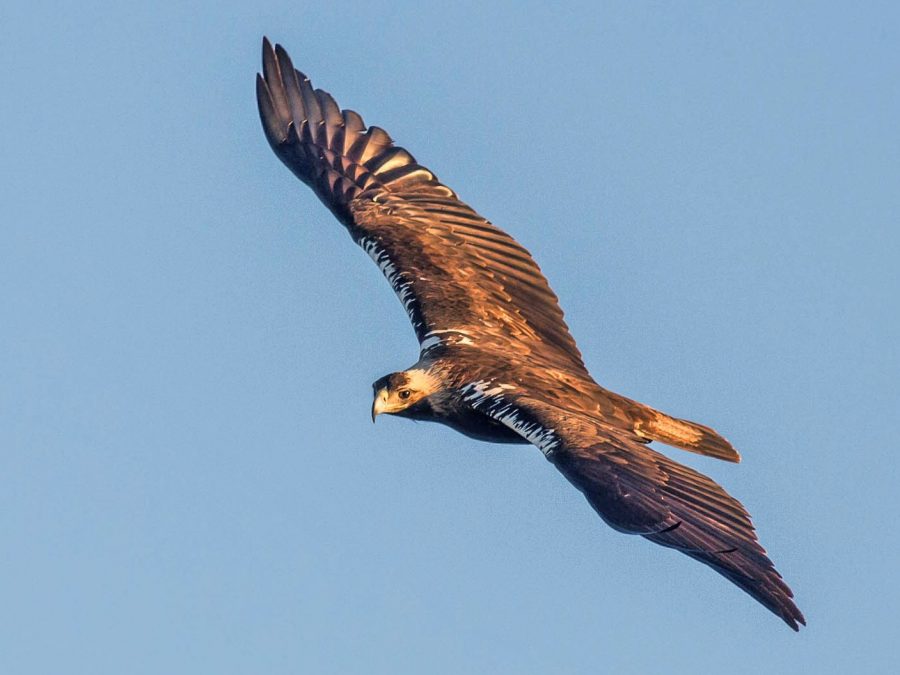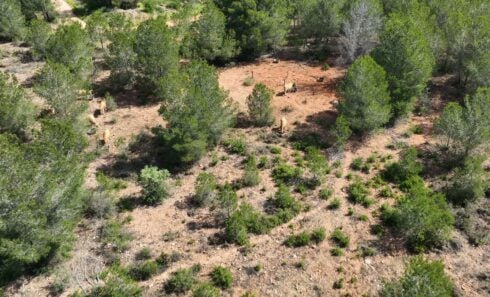THE Spanish Imperial Eagle, also known as the Iberian imperial eagle, Spanish eagle, or Adalbert’s eagle, was close to global extinction in the 1960s.
In fact, in the mid 1960s, there were only 30 surviving pairs in the world, all located in Spain.
Years of poisoning, electrocution from electricity towers and habitat degradation, had diminished the population to the brink of extinction.
Following conservation efforts, recovery began in the 1980s at a rate of five new breeding pairs per year until 1994. By 2011, the global population of the species had increased to 324 pairs and exceeded 500 in 2015.
The Spanish Imperial Eagle, nearly restricted to the Iberian Peninsula and mostly to Spain, is often thought of as the Spanish National Bird, and thanks to recovery work, it is slowly recovering its presence in its natural habitat.
However, despite the rise in numbers its threats are not over, in 2018, the number of pairs of this species fell again to 407, demonstrating the fragility of its favourable evolution and the ups and downs to which this recovery is subject.
Today, power lines, hunting and habitat degradation continue to be the Iberian imperial eagle’s main enemies and getting the eagle out of the danger zone continues to be an upward struggle.
In fact, its restricted habitat and numerous threats to its survival make this eagle the rarest bird of prey in the world.
For this reason, and despite its recovery, the species is still classified as vulnerable by the International Union for Conservation of Nature (IUCN).
Its current habitats cover a wide range of places, from pine forests in mountain areas to dunes and marshes in coastal areas.
It hunts in open areas, flying and soaring relatively low from the ground. Its preferred prey are rabbits and hares, but it also takes other mammals, birds, and reptiles such as lizards.
In the wild, this bird can live an average of 20 years, but in captivity the Spanish Imperial Eagle can live for up to 44 years.
READ MORE:
- Have you spotted any of these 13 birds in Spain’s Andalucia this autumn
- Huge griffon vulture rescued by firefighters and police in residential urbanisation in Spain’s Marbella
Click here to read more Other News from The Olive Press.








